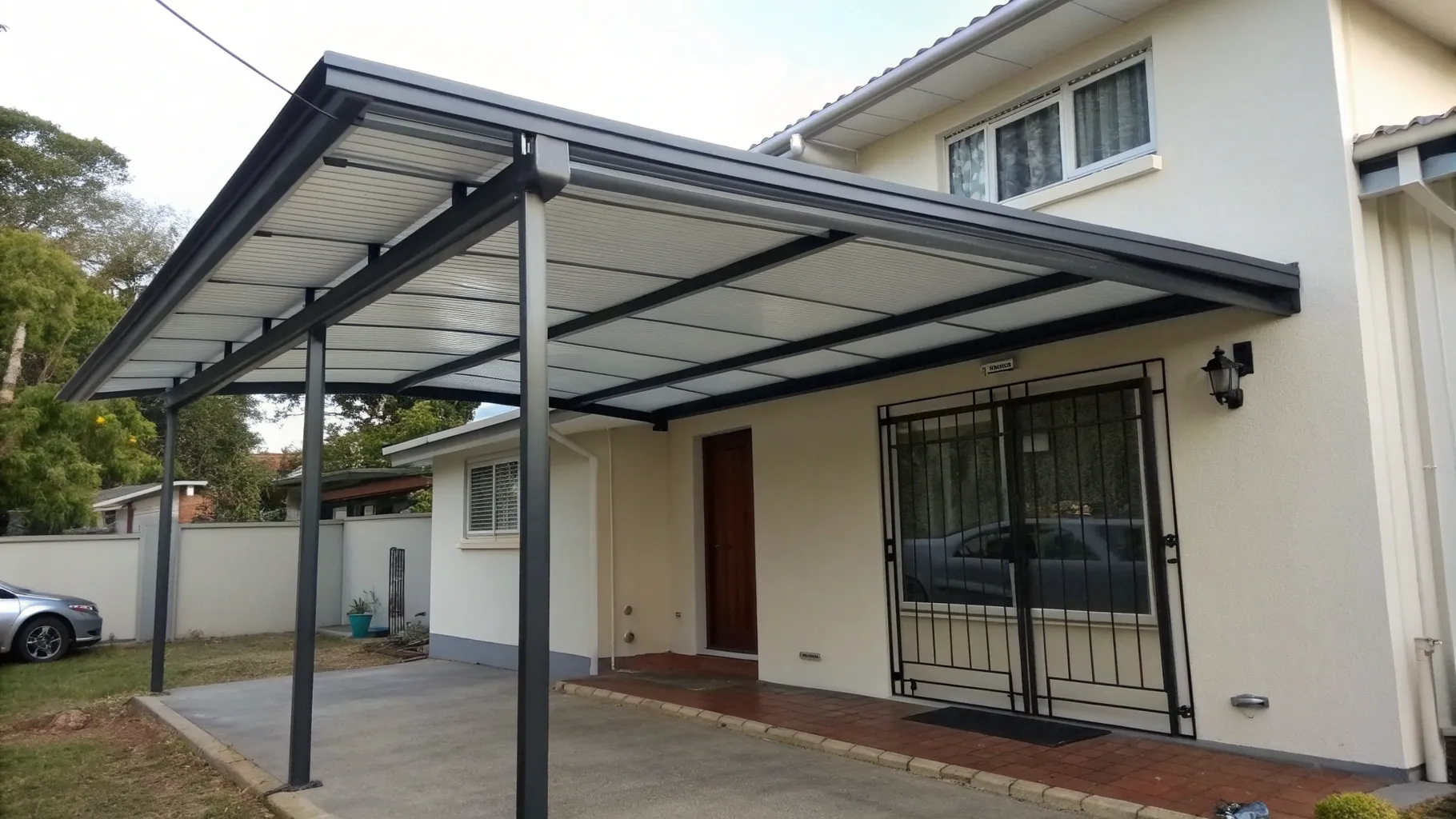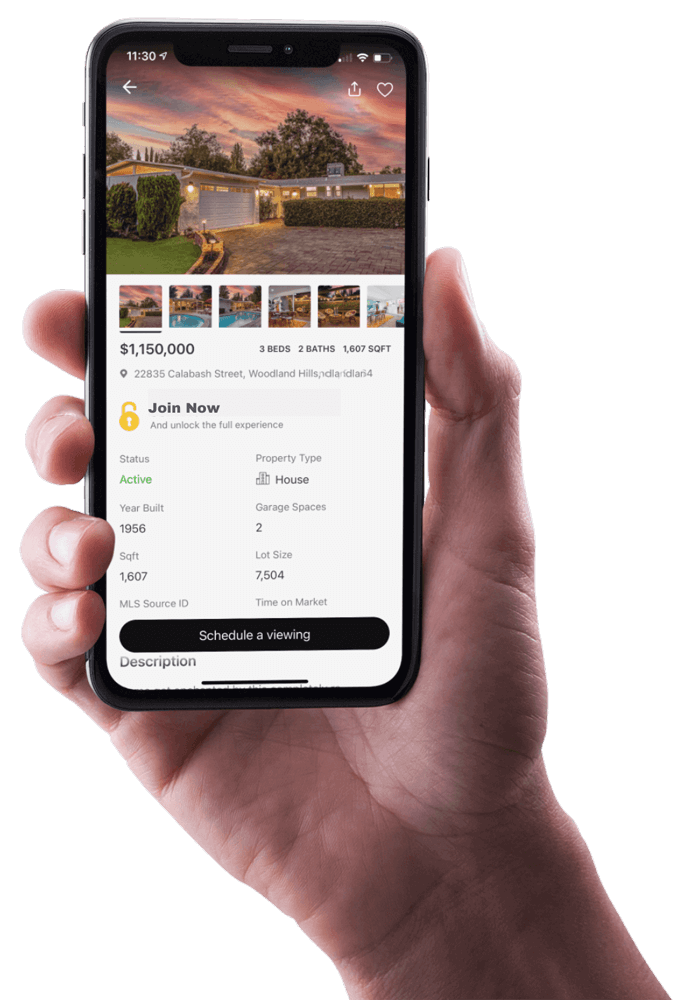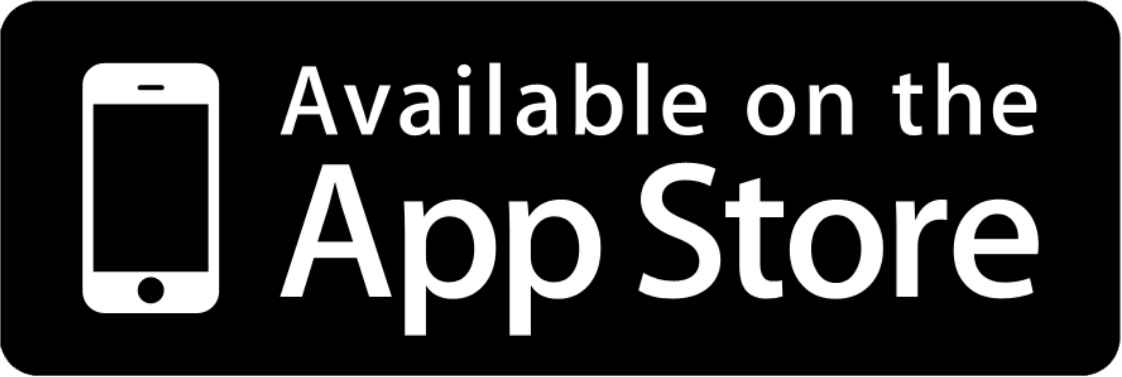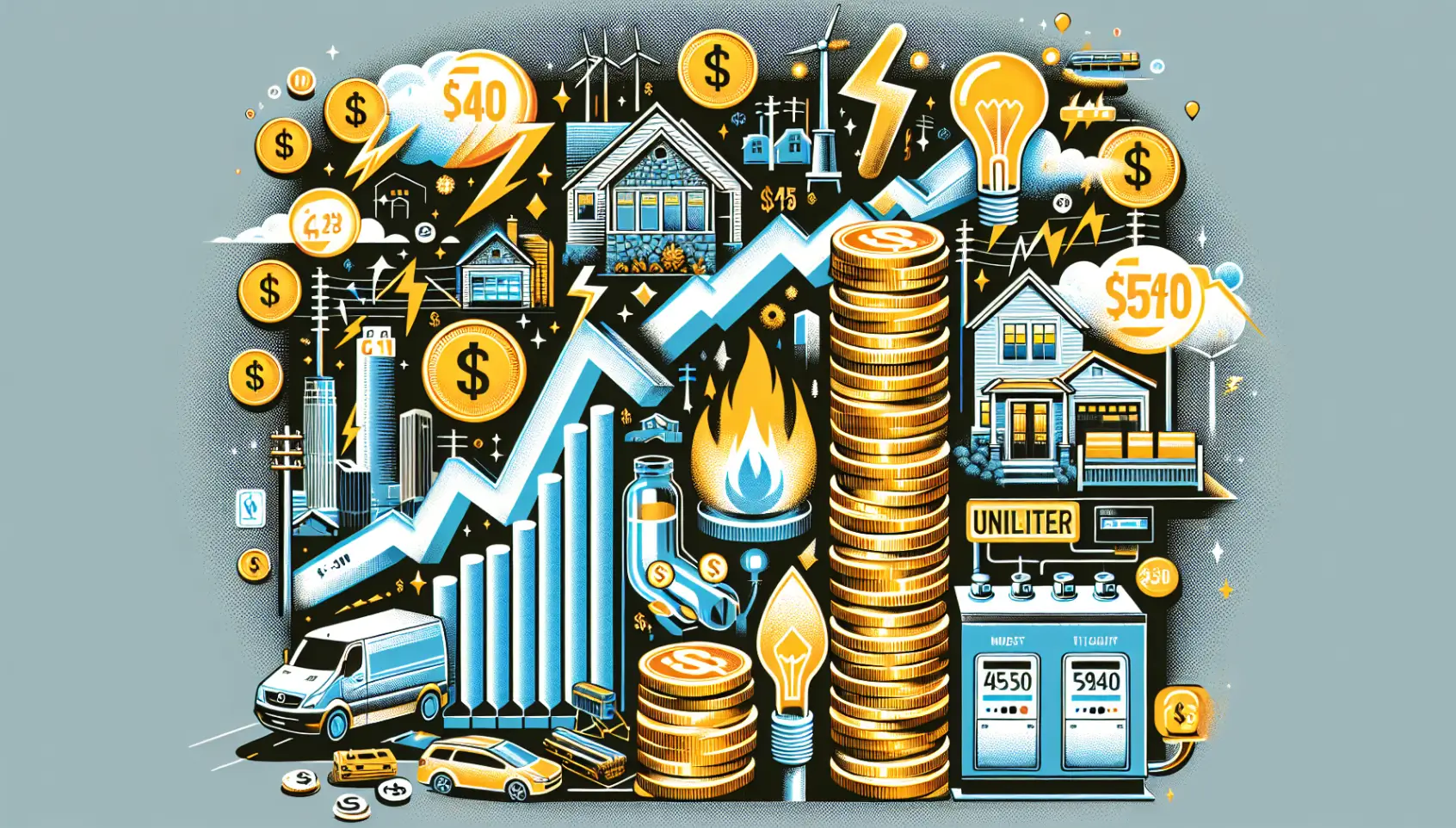
As Utah becomes an increasingly popular destination for those seeking a high quality of life, the
cost of living in the state has been on the rise. In this in-depth guide, we'll explore the various
factors that contribute to Utah's cost of living, from housing and utilities to entertainment and
education, to help you make an informed decision about moving to the Beehive State.
Housing Costs: Utah's Booming Real Estate Market
Housing costs have been a significant factor contributing to Utah's rising cost of living. The Utah
Real Estate market has seen unprecedented growth in recent years.
Skyrocketing Home Prices
Utah's appeal as a destination has driven housing prices up. Cities like Salt Lake City and Park City
are particularly expensive.
- Median house price: $530,000
- Urban areas: Higher prices
- Rural areas: Lower prices
Comparative Costs
For those coming from coastal states like California or New York, Utah's housing market may be a
relief. However, those from the South or Midwest might find it more expensive.
- California: Higher cost of living
- Midwest: Lower cost of living
Growing Demand
Utah's popularity is driving demand. Unfortunately, the state isn't building enough homes to keep up,
further inflating prices.
- High demand
- Insufficient supply
Utilities: A Bright Spot in Utah's Cost of Living
Despite rising housing costs, utilities in Utah offer some financial respite. Utilities are generally
more affordable compared to other states.
Electricity and Gas
Electricity and gas costs in Utah are relatively low. This is a significant advantage for residents,
especially during extreme weather.
- Low electricity rates
- Affordable gas prices
Water and Waste Management
Water and waste management services are also reasonably priced in Utah. This makes the overall
utility costs manageable for most households.
- Reasonable water rates
- Affordable waste services
Comparative Analysis
Compared to other states, Utah's utility costs are a bright spot. This can help balance the higher
housing costs for new residents.
- Lower than national average
- Helps offset housing expenses
Transportation Costs: Balancing Personal Vehicles and Public Options
When considering a move to Utah, transportation costs are an essential factor. Whether you rely on
personal vehicles or public transportation, understanding these expenses can help you plan
better.
Gas Prices
Gas prices in Utah typically align with the national average. This consistency can help you budget
for your monthly fuel costs without too many surprises.
- Average fuel prices
- Consistent with national trends
Public Transportation
Public transportation in Utah varies by location. While Salt Lake County offers robust options, other
areas may not be as well-served.
- Salt Lake County: Best options
- Other areas: Limited services
Salt Lake County
Salt Lake County features extensive public transportation options. These include the light rail
system called TRAX, the FrontRunner train, and an efficient bus network.
- TRAX: Light rail system
- FrontRunner: Fast train
- Bus systems: Extensive network
Outside Salt Lake County
Outside of Salt Lake County, public transportation is limited. Residents in these areas will likely
need to rely on personal vehicles.
- Limited bus services
- Few public transit options
The Cost of Groceries: Navigating Utah's Produce and Dairy Prices
Grocery costs in Utah can be a significant part of your monthly budget. Understanding these expenses
can help you better manage your finances.
Higher Than Average Costs
Utah's grocery prices tend to be higher than the national average. This is especially true for fresh
produce and dairy products.
Explore Utah Real Estate

5618 E SOUTH FORK RD, Provo, UT
$43,000,000
6 10 22,958 sqft
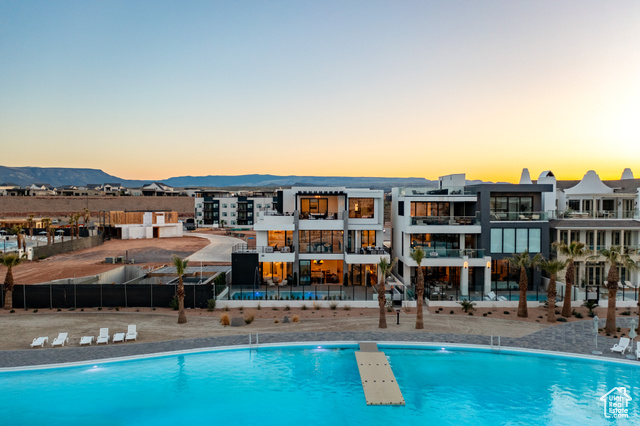
864 W SAPPHIRE SKY LN #546, St George, UT
$4,300,000
7 9 5,136 sqft
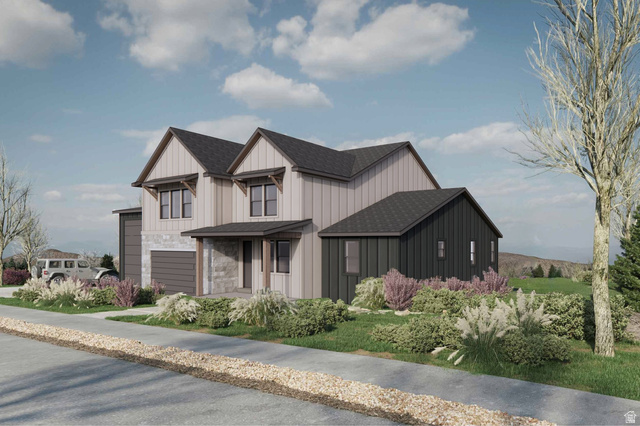
850 LAZY WAY #8, Francis, UT
$1,300,000
4 4 2,755 sqft
- Fresh produce: Higher prices
- Dairy products: More expensive
Impact on Budget
Higher grocery costs can impact your monthly budget. Being aware of these prices can help you plan
your shopping trips more efficiently.
- Budget planning: Essential
- Shopping tips: Plan ahead
Alternative Shopping Options
Consider alternative shopping options to manage grocery costs. Farmers' markets and bulk buying can
offer some savings.
- Farmers' markets: Fresh and local
- Bulk buying: Cost-effective
Taxes in Utah: Comparing the State's Tax Burden
Taxes are a crucial consideration when evaluating Utah's cost of living. Understanding the state's
tax structure can help you plan your finances more effectively.
Income Tax
Utah has a state income tax rate of 4.85%. This might be a new expense for those moving from states
like Florida or Texas, which do not have state income taxes.
- Income tax: 4.85%
- Florida: No state income tax
- Texas: No state income tax
Property Taxes
While Utah does have an income tax, its property taxes are relatively low. This can help offset the
total tax burden for residents.
- Low property taxes
- Helps balance income tax
Overall Tax Burden
When all taxes are considered, Utah ranks about 30th in the nation. This places it slightly above
average but not significantly higher than most states.
- Overall rank: 30th in the nation
- Comparable to national average
Comparison with Other States
For those relocating from states without an income tax, Utah's tax structure might seem more
burdensome. However, the overall tax impact is moderate when all factors are considered.
- Higher than 29 states
- Moderate overall tax impact
Education Costs: Utah's Affordable Higher Education and Larger Class Sizes
Education is another significant factor in Utah's cost of living. From public schools to higher
education, understanding the costs can help families plan better.
Public Education
Utah's public education system is well-funded. However, larger class sizes can be a downside due to
the state's high number of children.
- Well-funded public schools
- Larger class sizes
Private and Charter Schools
Private schools in Utah are less expensive than the national average. This makes them a viable option
for families seeking alternatives to public education.
- Less expensive private schools
- Viable alternatives: Charter schools
Higher Education
Utah's higher education institutions are competitively priced. This makes pursuing a college degree
more affordable compared to other states.
- Affordable higher education
- Competitive pricing
Overall Education Costs
When considering both K-12 and higher education, Utah offers a balanced mix of quality and
affordability. Families can expect to find good value in the state's educational offerings.
More Properties You Might Like
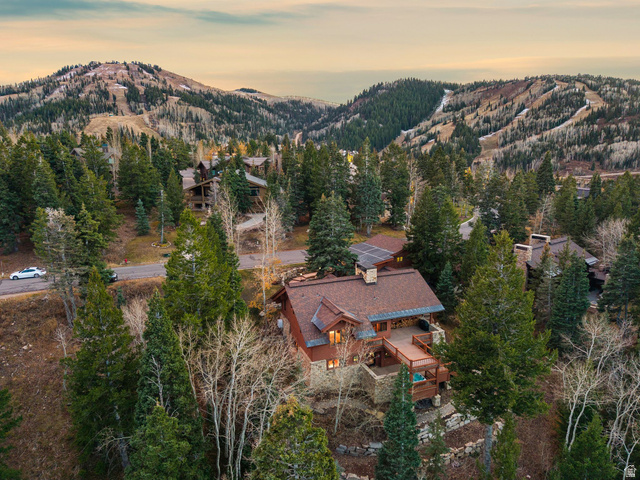
7665 STERLING DR, Park City, UT
$6,100,000
5 6 4,975 sqft

1700 W 2700 N #36, Pleasant View, UT
$230,000
4 2 2,100 sqft

5033 W DAYBREAK PKWY, South Jordan, UT
$384,900
2 3 1,548 sqft
- Balanced mix of quality and affordability
- Good value for families
Child Care Costs: Utah's Average Rates for Working Families
Child care costs are a critical consideration for working families relocating to Utah. Understanding
these expenses can help you plan your budget more effectively.
Comparable to National Average
Child care costs in Utah are about 3% higher than the national average. This slight increase means
families can expect to pay rates similar to those in other states.
- 3% above national average
- Readily available daycare
- Accessible child care options
Availability and Accessibility
Utah has a high number of children, making child care services widely accessible. Parents will find
numerous options throughout the state.
- High number of children
- Many child care providers
Dining and Entertainment: Exploring Utah's Cost Landscape
Dining and entertainment costs in Utah are slightly above the national average. However, they remain
manageable for most families.
Dining Costs
Dining out in Utah, especially in high-quality restaurants, can be more expensive. The best dining
options are typically found in Salt Lake City and Park City.
- Slightly above national average
- Fine dining: Salt Lake City, Park City
- Higher costs in Park City
Park City Dining
Park City is known for its upscale dining scene. Expect to pay 30-40% more for meals in this area
compared to other parts of the state.
- 30-40% higher costs
- Limited affordable options
Entertainment Costs
Entertainment costs, such as bowling or other activities, are also slightly above the national
average. However, these expenses are not significantly higher.
- Bowling: Slightly higher costs
- Other activities: Comparable expenses
Recreation and the Outdoors: Utah's Affordable Adventure
Utah is renowned for its breathtaking natural landscapes and ample recreational opportunities. This
makes it a haven for outdoor enthusiasts.
Free or Low-Cost Activities
One of Utah's greatest advantages is the abundance of free or low-cost outdoor activities. Whether
you're in Provo, Salt Lake City, or Ogden, you'll find plenty to do.
- Hiking trails: Numerous options
- National parks: Affordable entry fees
- Local parks: Free access
Rural Areas and Natural Beauty
The rural areas of Utah, such as St. George and Logan, offer even more affordable recreational
activities. These areas are perfect for those who love nature and adventure.
- St. George: Desert landscapes
- Logan: Mountain views
- Wasatch Front: Diverse activities
Insurance Costs: Utah's Lower Rates for Auto and Health
Insurance costs in Utah are generally lower than the national average. This is a significant
advantage for residents.
Auto Insurance
Auto insurance rates in Utah are lower, partly due to the state's lack of natural disasters. This
makes it easier to manage monthly expenses.
- Lower premiums
- Fewer natural disasters
Health Insurance
Health insurance costs are also more affordable in Utah. The state's healthier population contributes
to lower rates.
- Healthier residents
- Lower health insurance costs









